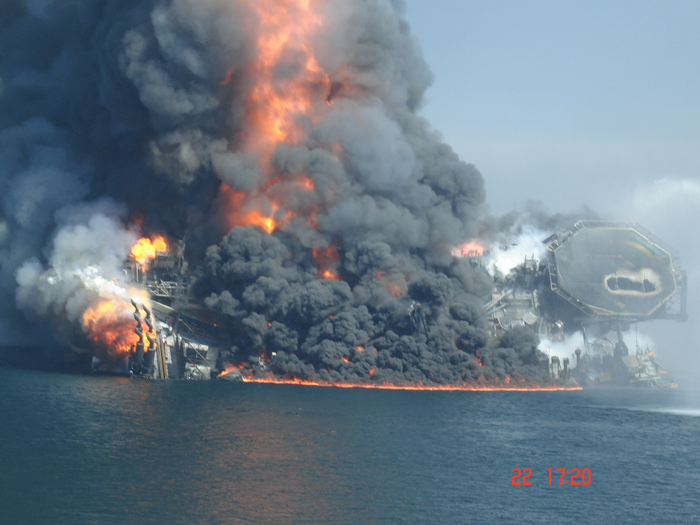Oil Spill Commission finds Halliburton’s cement was unstable, failed multiple tests before Deepwater Horizon disaster
By David Hammer, The Times-Picayune
Thursday, October 28, 2010, 12:30 PM National Oil Spill Commission investigators have found that the Halliburton cement used to seal the bottom of BP’s wild Gulf well in April was unstable and was used despite multiple failed tests in the weeks leading up to the massive well blowout. What’s more, the commission investigators found Halliburton knew about the problems and used the cement mixture anyway. The finding from commission chief counsel Fred Bartlit Jr. and his investigative team could be among the most significant to date as several investigations try to establish clear causes for the disaster, which killed 11 rig workers and fouled the Gulf with nearly 5 million barrels of oil. Rep. Ed Markey, D-Mass., who has been seeking subpoena power for the Oil Spill Commission, saw it as a watershed finding. “The fact that BP and Halliburton knew this cement job could fail only solidifies their liability and responsibility for this disaster,” Markey said. “This is like building a car when you know the brakes could fail, but you sell the cars anyway.” Still, the cement is just one of several possible failure points that may not have caused the blowout in and of themselves, but appear to have worked in combination to doom the Deepwater Horizon oil rig April 20. Other questions have emerged from other investigations of the incident, and those remain on the table: about BP’s decisions to use potentially riskier designs for lining the well and to skip important steps in sealing the well closed, as well as BP’s alleged misinterpretation of the results of a final test of pressure in the well hole. The Oil Spill Commission may present more conclusions about those issues at a presentation scheduled for Nov. 8 in Washington. But in a letter to commissioners Thursday, Bartlit focused only on the question of the cement that was supposed to have sealed the well’s metal linings to the drilled-out bedrock. Bartlit wrote that the foam cement’s instability “may have contributed to the blowout.” A commission staffer, who was authorized to speak for the commission in a news briefing but was not permitted to give his name, went a little further. “Had the cement done its job, the hydrocarbons would have been isolated and there should not have been a blowout,” he said. …
